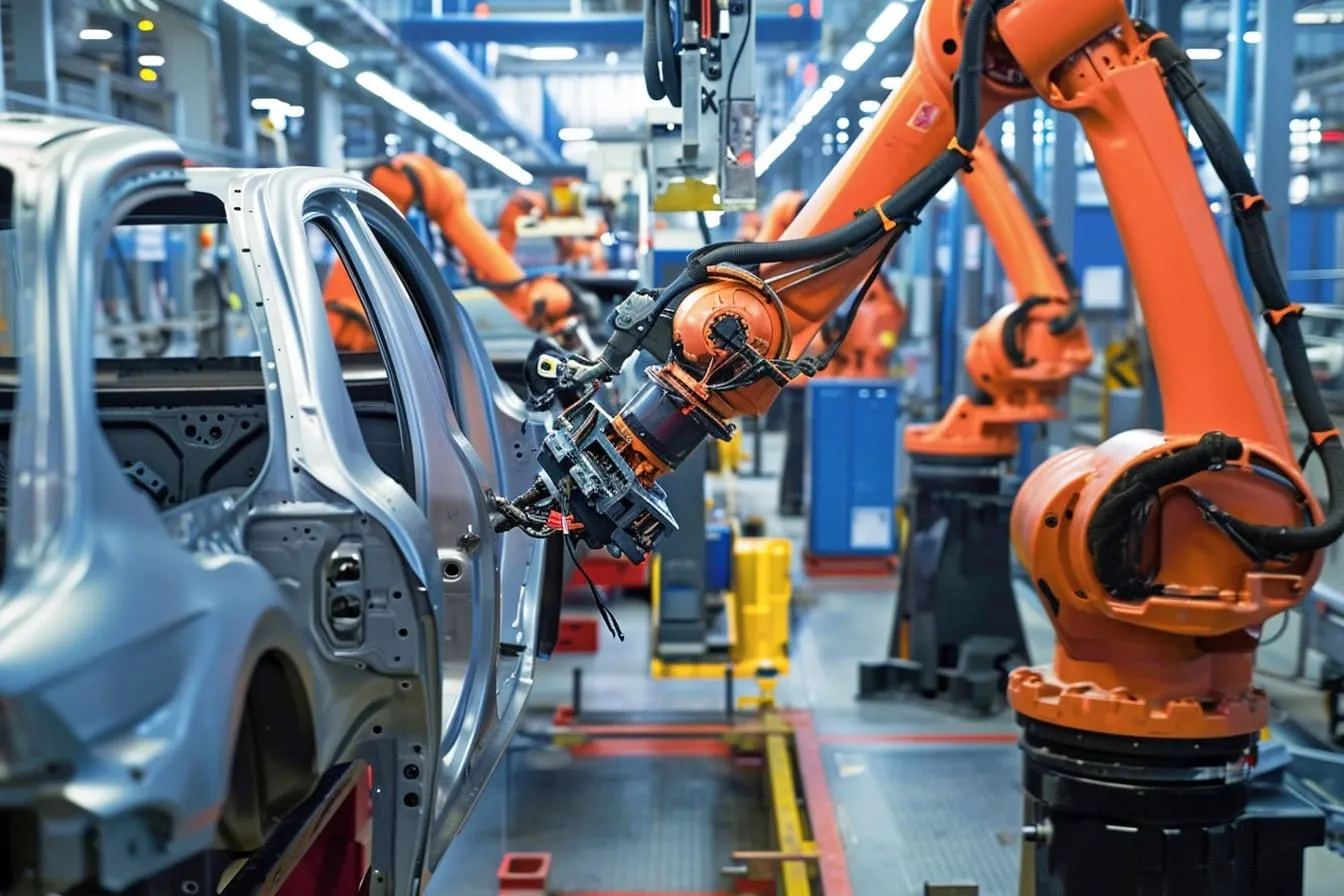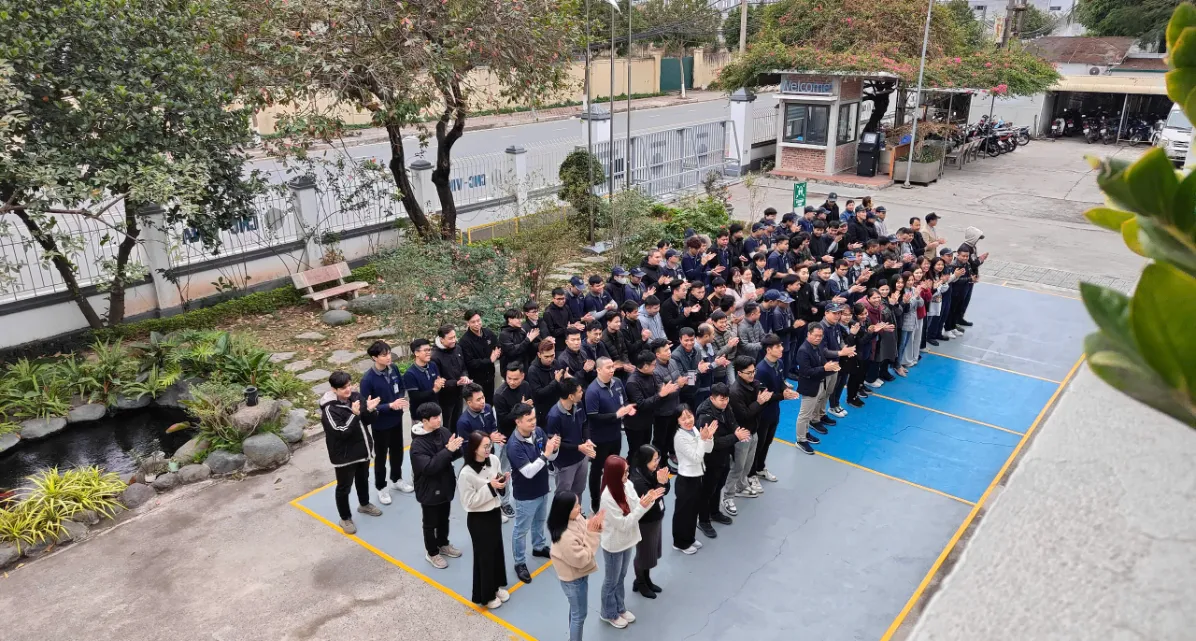Car paint plays a crucial role not only in enhancing the vehicle's appearance but also as one of the five key factors that directly impact a car's overall value. The quality of the paint affects durability, corrosion resistance, and the long-term value of the vehicle. However, there are many external factors that can negatively impact the longevity of the paint.
To maintain long-lasting color and shine, choosing the right paint and performing regular maintenance are essential. Therefore, understanding the causes that directly damage car paint will help vehicle owners take protective measures to preserve its color and finish. So, what are the main causes of paint damage? Let’s explore the details with PWP Solution in the article below!
It’s completely normal for a car's paint to fade or get scratched during use. Therefore, car owners should understand the basics of automotive paint to identify the causes of these issues.
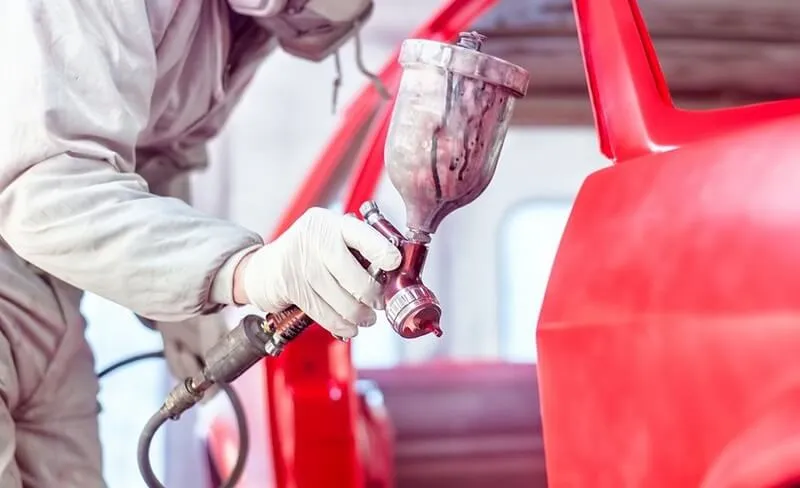
Automotive paint is composed of four main components:
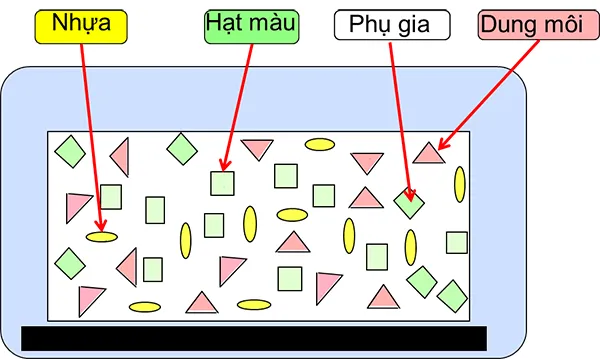
Resin/Binder: Made from natural or synthetic polymers, resin is a viscous liquid that forms the film layer of the paint. Once applied to the car’s surface, the resin dries and adheres, playing a critical role in bonding, mechanical durability, weather resistance, and chemical and heat tolerance.
Pigments: These are fine, solid particles evenly dispersed in the paint medium, giving the paint its color.
Solvents: These liquids are essential in the manufacturing and application process, dissolving the film-forming substances. A good solvent should have appropriate viscosity, controlled evaporation rate, and minimal health impact.
Additives: Used in small amounts (typically less than 1%) to improve the paint’s protective quality. They include defoamers, dispersants, anti-wrinkle agents, UV stabilizers, and mildew inhibitors.
Because scratches and fading are common, many owners are concerned about fixing these imperfections. Automotive paint provides several key functions:
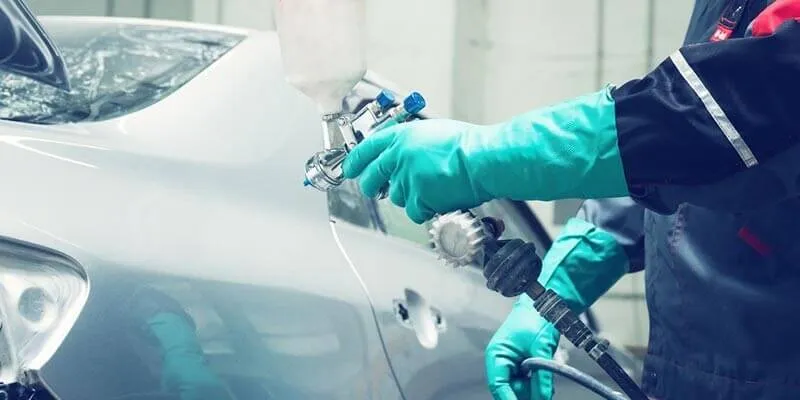
Enhances Vehicle Appearance: Repainting reduces signs of wear like fading or chipping and restores the vehicle’s aesthetics.
Easier Cleaning: A glossy finish improves water and dirt resistance, making cleaning simpler.
Protects Inner Components: The paint acts as the outermost shield, safeguarding the vehicle’s metal frame.
Reduces Interior Temperature: Light-colored paint reflects heat more effectively, keeping the car cooler under sunlight.
Automotive paint generally includes the following layers:
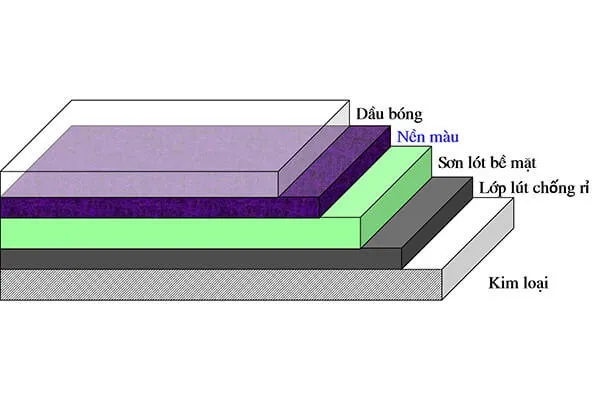
Primer: Ensures proper adhesion and color accuracy. Without it, the topcoat may not adhere well to the metal surface. Sanding before priming helps improve bonding.
Base Coat: This is the visible color layer applied after primer. It requires a controlled environment to avoid dust contamination and bubbling.
Clear Coat: A transparent, glossy top layer that protects the base color and enhances shine. It acts as the final finish.
Specialty Coating: Common in sports cars, this type includes unique colors and finishes beyond standard base or clear coats.
Acrylic Lacquer: Now rare, it’s mostly used on classic cars for moisture resistance and long-lasting durability.
There are several factors that directly affect the quality and durability of a car's paint. The most common causes include:
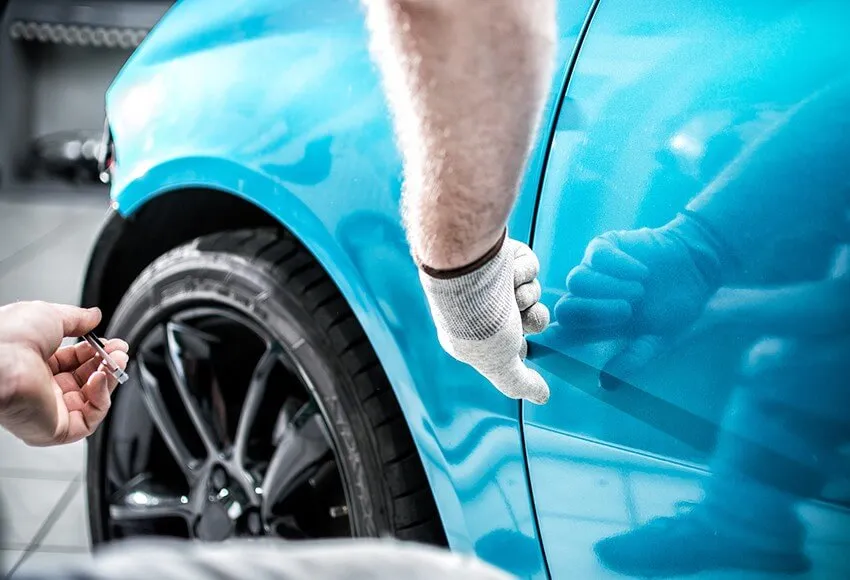
Extended exposure to UV rays can degrade paint over time, leading to brittleness and surface cracks. Cars regularly parked outdoors should be covered or kept in shaded areas.
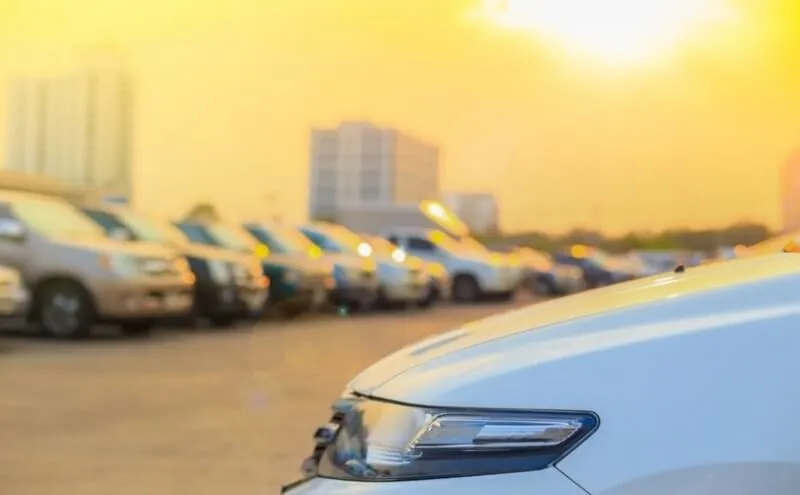
Sudden temperature changes can also cause uneven paint expansion, leading to flaking and cracking.
Acid rain, containing sulfur and nitrogen compounds, corrodes paint if not washed off promptly. It leaves white stains that may penetrate the paint, causing long-term damage.
Severe weather like snow, ice, and dust-carrying winds can also wear down the surface. Timely washing is necessary after exposure.
Improper detergents or high-pressure washers can degrade the protective layer of the paint. Avoid using overly strong pressure or harsh scrubbing, and maintain a proper distance when using pressure washers.
Cheap or unregulated protective sprays can dry out, discolor, or peel the paint. Always opt for high-quality products from trusted sources.
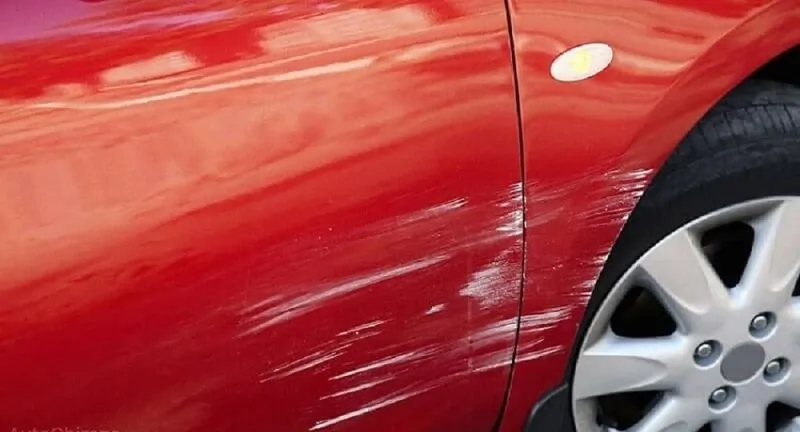
Road debris and collisions are common causes of paint damage. To minimize this, consider using Paint Protection Film (PPF) or ceramic coatings.
Paint damage can stem from many sources, each significantly impacting the car’s appearance and structural integrity. Without proper care, the paint will degrade, lowering the vehicle’s visual appeal and lifespan. Regular cleaning, using protective coatings, and parking in shaded areas are essential for maintaining a high-quality finish. A beautiful coat of paint not only elevates the car’s look but also shields it from environmental hazards. If you have questions about this topic, don’t hesitate to contact PWP Solution for expert advice and support!
